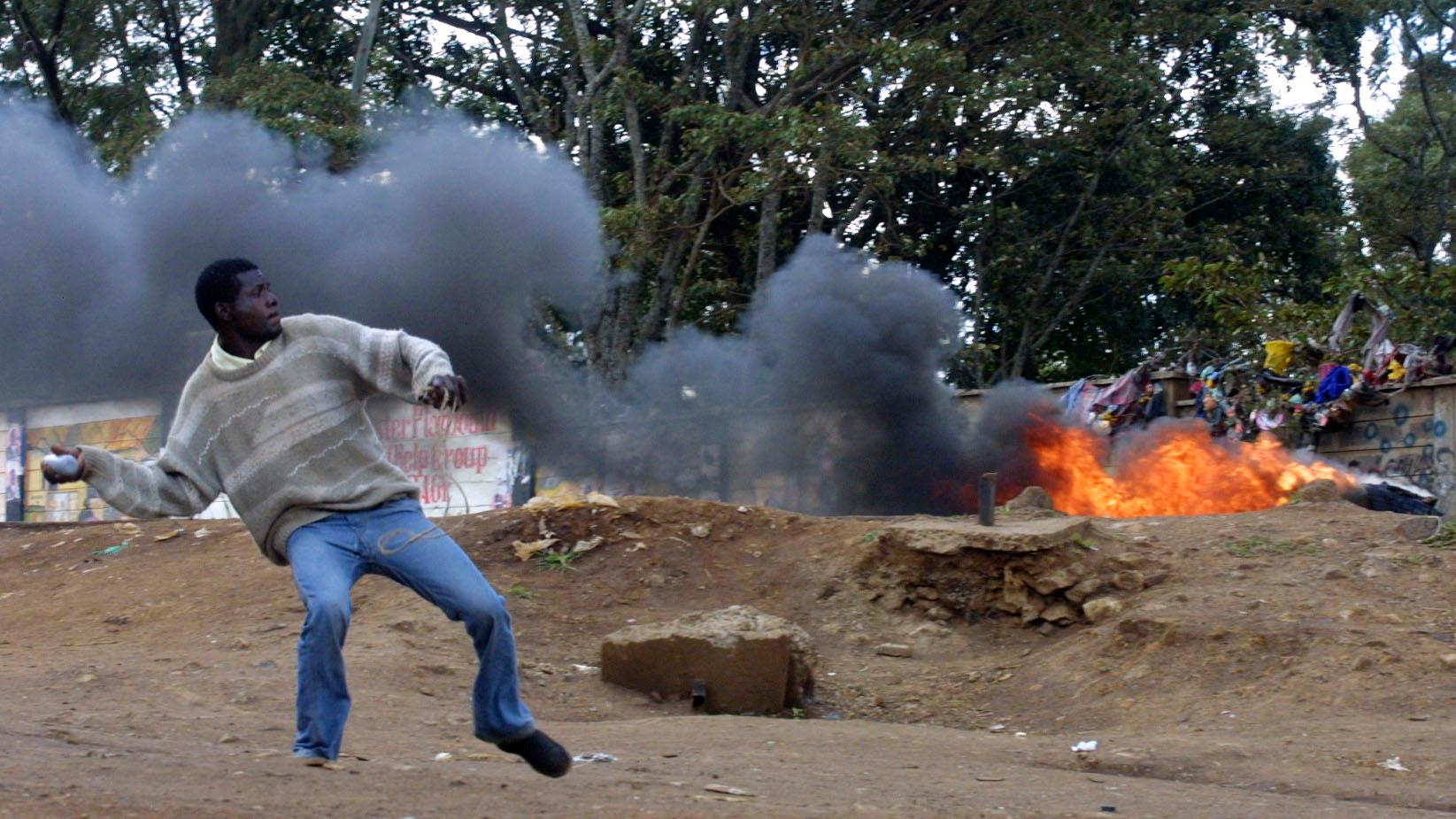This analysis was featured in Critical State, a weekly newsletter from The World and Inkstick Media. Subscribe here.
Security threats experienced by civilians almost never crop up one by one. Instead, most people experience many sources of insecurity at once. Yet, security studies — with its preference for simplicity — often focuses on sources of insecurity in isolation. This week, Critical State takes a deep dive into new research on what happens when two sources of insecurity interact, and how those interactions shape state and civilian responses.
Related: The power of protest: Part I
Last week, the Journal of Peace Research announced that University of Oslo political scientist Jana Krause had won the journal’s 2020 article of the year award for her work on interactions between post-election violence and sexual violence in Kenya and Nigeria. Krause’s article makes for compelling reading because it disaggregates two types of security threats that we might be tempted to assume function in tandem. When communal violence follows in the wake of elections, it would stand to reason that the magnitude of that violence in terms of deaths might predict the amount of sexual violence that accompanied it. Yet, as Krause found, that is not necessarily the case.
Related: The power of protest: Part II
Looking at the aftermath of 2007/2008 elections in Kenya and the 2008 election in Nigeria, Krause found dramatically different records of killings and sexual violence. In Kenya, post-election fighting in areas around Nairobi and the Rift Valley led to over 1,100 deaths and 900 cases of sexual violence, according to Human Rights Watch estimates. In the Nigerian city of Jos, however, post-election clashes in 2008 resulted in higher incidence of death — over 800 in just two days — but very few reports of sexual violence.
Related: Life after combat: How relationships in wartime continue to shape society
In her fieldwork in both countries, Krause conducted over 100 interviews to understand the distinctions between the two cases of post-election violence. What she found is that differences in the kinds of underlying conflicts that elections ignite can determine the forms of violence that manifest. When the conflict pits majority groups against minorities, as happened in Kenya, the resulting violence looks like a pogrom — an extended bout of communal violence of one group against another — in which sexual violence plays a major part. When the conflict is instead between two groups of similar strength as it was in Jos, however, the fighting is sharper but shorter, resulting in more deaths but with little time for systematic sexual violence.
Krause’s interviewees in Kenya reported attacks against minority populations that the victim groups could not hope to prevent or avenge. Instead, many men who were the primary targets of deadly violence fled, while many women who were the primary targets of sexual violence remained in the conflict zone in an attempt to protect family property. The fact that the violence was unbound by reprisals gave attackers the space to use sexual violence as a form of socialization for their young fighters. Many minority men were also the targets of sexual violence in Kenya in areas where they could offer little organized resistance.
In Jos, in contrast, many women feared sexual violence at the hands of opposing forces, but there were few reports of any such violence taking place. The conflicting parties were roughly equally matched, and the fighting between them focused on attempting to find tactical advantages. The results were deadly for the combatants and for suspected collaborators, but neither side was able to come up with an advantage that would allow them to continue the conflict beyond the two days it raged. The balance of power kept fighters’ attention on each other and prevented widespread sexual victimization of civilians.
In the context of post-election communal conflict, therefore, incidence of sexual violence cannot be predicted just by looking at the amount of deadly violence. Instead, the balance of power between combatants shapes both forms of violence in distinct ways. In areas where one side dominates another, sexual violence is likely to be widespread, and fleeing potential combatants might reduce the rate of deadly violence. In areas where power relations are more finely balanced, however, clashes are likely to be quite deadly and preclude opportunities for widespread sexual violence.
Critical State is your weekly fix of foreign policy without all the stuff you don’t need. It’s top news and accessible analysis for those who want an inside take without all the insider bs. Subscribe here.
